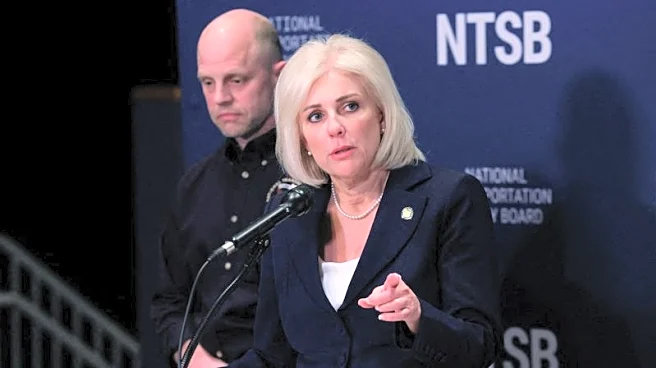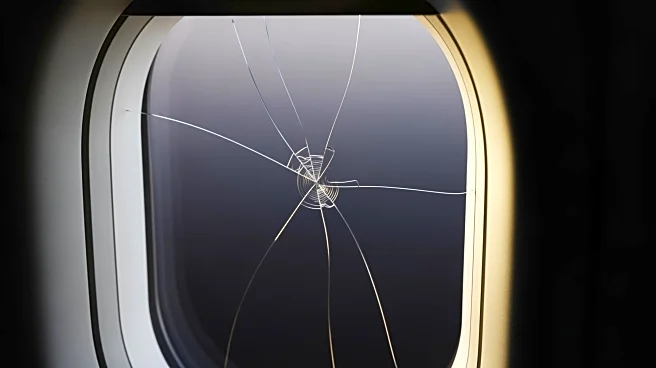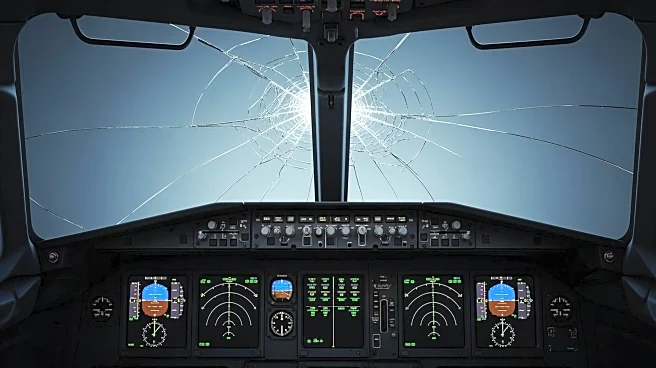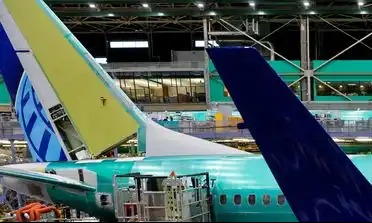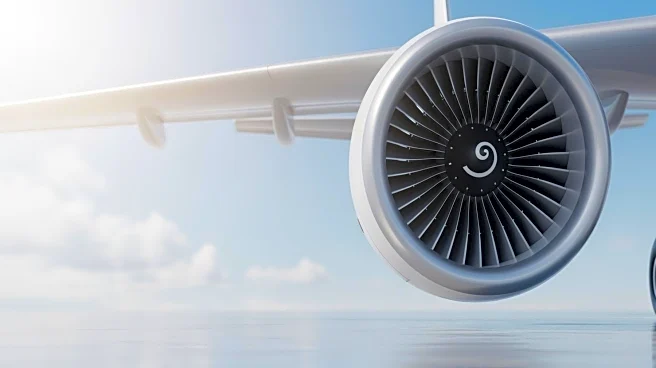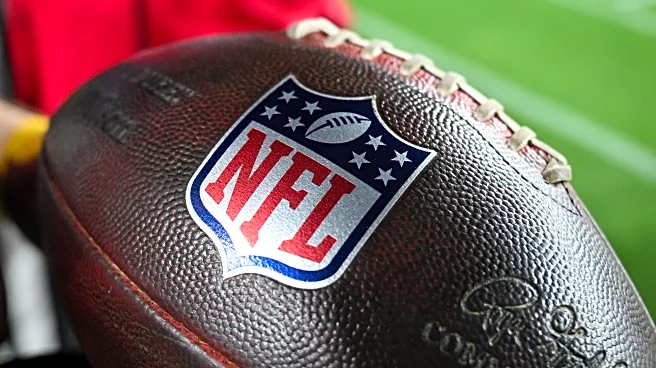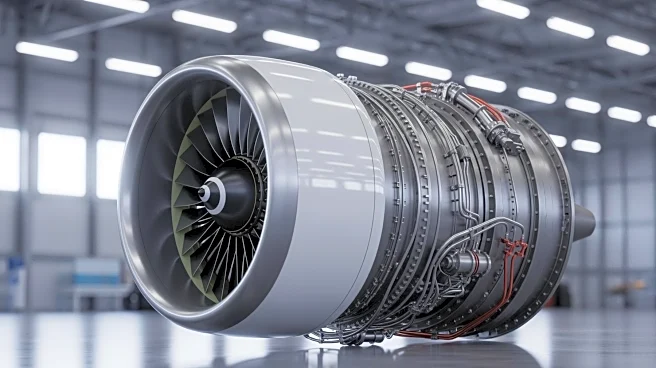By David Shepardson
WASHINGTON (Reuters) -The chair of the National Transportation Safety Board said on Tuesday that a weather balloon may be responsible for cracking the windshield of a United Airlines
jet at 36,000 feet, prompting an emergency landing.
WindBorne Systems said in a statement late on Monday that it believes one of its balloons struck United Flight 1093, a Boeing 737 MAX, on Thursday over Utah.
NTSB Chair Jennifer Homendy said the board had received the report from the company and is reviewing it as part of the investigation. She said the incident "in the wrong situation could have been really devastating for the aircraft and those on board."
The incident had raised concerns the damage could have been caused by space debris. Prior government studies have suggested a very small risk of debris striking jets in flight.
Airplane windshields are multi-layered to prevent a loss of cabin pressure if damaged in flight.
United said last week the flight that had left Denver with 134 passengers and six crew declared an emergency and diverted safely in Salt Lake City. Passengers were transported on another aircraft to Los Angeles later that day.
Homendy said the NTSB is reviewing technology that tells aircraft where objects are in the air.
WindBorne said it has conducted more than 4,000 launches and files notice for every balloon launched with the Federal Aviation Administration.
"We are working closely with the FAA on this matter," the company said. "We immediately rolled out changes to minimize time spent between 30,000 and 40,000 feet."
The balloon company plans to use "live flight data to autonomously avoid planes, even if the planes are at a non-standard altitude. We are also actively working on new hardware designs to further reduce impact force magnitude and concentration."
(Reporting by David ShepardsonEditing by Bill Berkrot)
